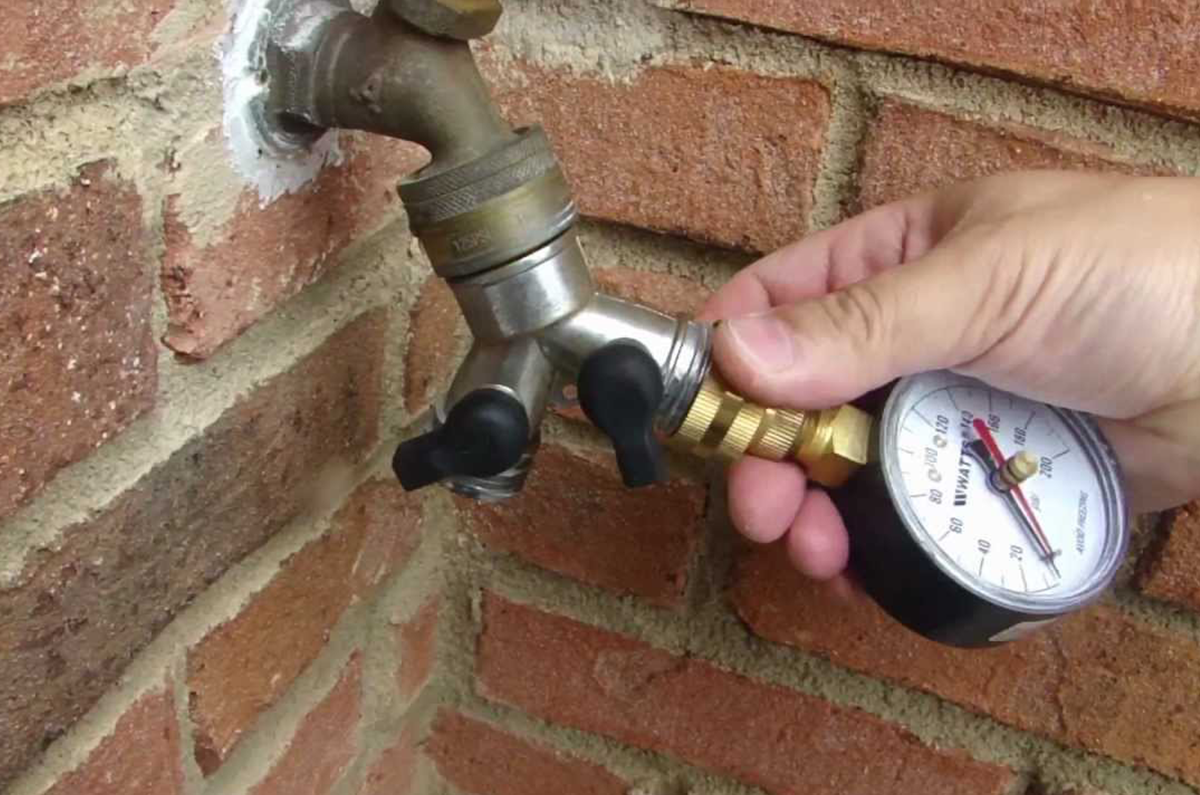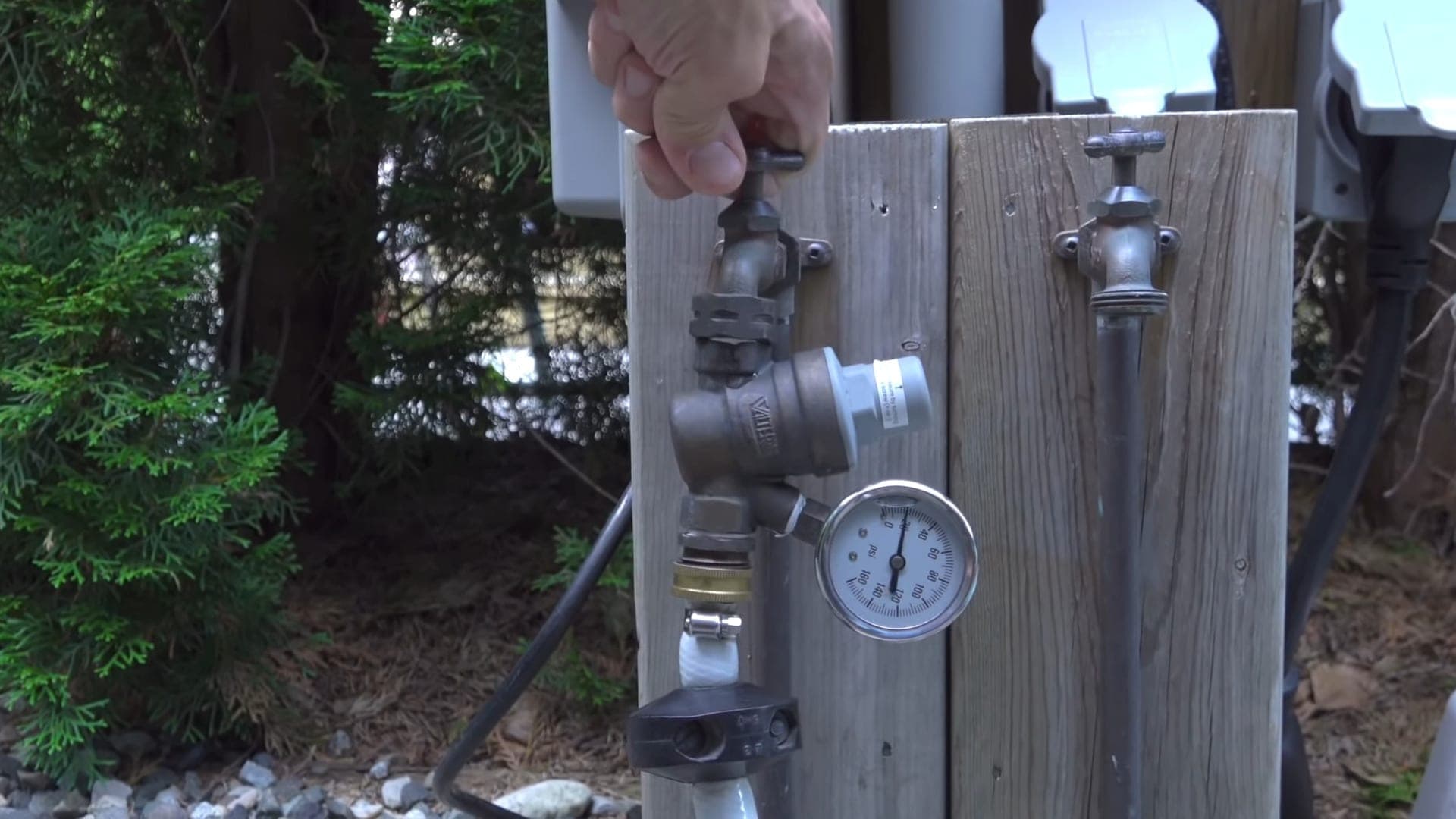Efficient Tactics for Addressing Low Water Pressure in Your Home
Efficient Tactics for Addressing Low Water Pressure in Your Home
Blog Article
Do you find yourself searching for facts around 9 Reasons for Low Water Pressure in Your House?

Low water pressure in your house can be a discouraging trouble, impacting everything from bathing to cleaning dishes. If you're experiencing weak water flow, there are numerous feasible causes and options to check out. In this guide, we'll go over usual reasons for low water pressure and practical steps to resolve the issue successfully.
Introduction to Low Water Stress
Low tide pressure takes place when the flow of water from your taps, showers, and various other fixtures is weak than usual. This can make everyday jobs a lot more tough and much less efficient. Recognizing the root causes of low tide pressure is critical to finding the right option.
Usual Reasons For Low Tide Pressure
Pipeline Obstructions
In time, pipes can end up being blocked with natural resource, debris, or particles, restricting the circulation of water. This is a common problem in older homes with galvanized steel pipes.
Corrosion
Deterioration within pipelines can bring about leakages and reduced water stress. Rust buildup can restrict water flow, specifically in maturing plumbing systems.
Faulty Stress Regulatory Authorities
Stress regulators are in charge of maintaining regular water pressure in your house. If they malfunction, it can lead to low tide stress or unequal circulation throughout the house.
Metropolitan Water Issues
In some cases, the problem lies outside your home. Municipal water supply issues, such as main line leaks or maintenance work, can briefly minimize water stress in your area.
How to Diagnose Low Tide Stress
Examining Faucets and Fixtures
Begin by checking the water stress at different faucets and fixtures throughout your home. If the problem is separated to certain locations, it might indicate local issues.
Examining Pipes
Check noticeable pipes for indicators of leakages, corrosion, or blockages. Take notice of any type of unusual noises, such as banging or rattling pipes, which might show problems within the plumbing system.
Consulting with a Plumber
If you're not able to identify the source of low water stress, think about hiring a specialist plumber to perform an extensive evaluation. They can recognize underlying issues and suggest ideal remedies.
Do It Yourself Solutions to Deal With Low Tide Pressure
Cleaning Aerators and Showerheads
Mineral deposits can collect in aerators and showerheads, minimizing water circulation. Remove and cleanse these components frequently to enhance water pressure.
Flushing Water Heater
Debris build-up in the water heater can limit flow and minimize performance. Flushing the container regularly helps get rid of debris and keep optimal efficiency.
Examining Pressure Regulatory Authority
Ensure that the stress regulator is working appropriately. Readjusting or replacing the regulator can help bring back correct water pressure throughout your home.
Cleaning Clogs in Pipeline
For small blockages, try utilizing a plumbing snake or chemical drain cleaner to clear obstructions in pipelines. Be cautious when utilizing chemicals and adhere to safety and security standards.
When to Call a Specialist Plumber
If do it yourself efforts fail to solve the issue or if you think significant plumbing problems, it's ideal to seek help from a certified plumber. They have the competence and tools to deal with complex concerns safely and efficiently.
Safety Nets to Preserve Water Stress
Regular Upkeep
Schedule routine maintenance for your plumbing system to prevent concerns such as corrosion, leaks, and clogs. Addressing small issues early can aid stay clear of more significant repair work later on.
Mounting a Stress Booster
Think about setting up a pressure booster pump to improve water pressure in areas with continually low flow. This can be specifically beneficial for multi-story homes or properties with high-demand components.
Tracking Water Use
Be mindful of water usage habits and prevent ill-using the plumbing system. Simple adjustments, such as astonishing showers and washing tons, can help preserve appropriate water stress.
Final thought
Taking care of low tide stress can be discouraging, however recognizing the underlying reasons and applying appropriate remedies can bring back optimum flow throughout your home. Whether it's cleansing aerators, evaluating pipes, or speaking with a plumber, taking aggressive steps can make certain a steady supply of water for your day-to-day needs.
How to Fix Low Water Pressure In Your Home
Municipal Water Supply Issues
Scheduled maintenance, high demand, and water main breaks are all potential causes for low water pressure within a city or county’s water lines. While there’s not much you can do to personally fix a problem with your city or county’s water supply system, you can play a big role in documenting the issue and alerting those who can.
How to fix it:
Ask your neighbors if they are experiencing any issues with low water pressure. If multiple homes are affected, it’s likely related to the city’s water line.
Contact the local Water Authority to see if there is any maintenance taking place that might be affecting your supply. Also let them know of your specific issues. If other homeowners report the same issues, they’ll know that there could be a larger issue to look into.
Faulty Fixtures
A damaged or clogged shower head, faucet or appliance is the first thing we’d suggest checking, especially if low water pressure appears to be isolated to a specific area of your home.
How to fix it:
First, turn off the main water supply to your home.
Check the affected appliances for build-up or debris. In the case of a faucet, you can simply unscrew the aerator at the tip of the faucet. Showerheads should be fully detached from the water pipe.
While the appliances are detached, you may want to check the water supply to determine if the fixtures were in fact the issue.
To clean, soak the showerhead or aerator in vinegar and brush off any visible debris.
Reattach the fixtures and check the water pressure again. If it is still low, there is likely a deeper issue at hand, which can be determined by a professional plumber.
Pipe Obstructions
Mineral deposits, rust or other debris within water pipes can lead to blockages or corrosion over time.
How to fix it:
When you think of a clog, you probably think of a drain clog. While there are many DIY solutions to clearing a drain, clogs in a water pipe will almost always require the help of a professional plumber. A plumber will be able to locate the affected pipe and clean out any debris or mineral deposit buildup. In severe cases, the pipe may need to be replaced. Your plumber might also recommend a water softening system to remove the minerals from your home’s water supply that can contribute to pipe blockages over time.
Plumbing Leak
Undetected water line leaks can divert water away from your residential pipes, reducing the water pressure in your fixtures.
How to fix it:
Check your water meter by turning off all water sources and monitoring the meter for any movement, which could be a clear indicator of a potential leak.
Check all visible pipes for signs of leaking, including water stains, active dripping or damp spots around the pipe.
Inspect fixtures, including faucets and showerheads, for any drips.
Test the pressure but recording the pressure with the main water valve shut off. Leave off for a few hours and test again. A significant drop in pressure is a clear sign of a leak.
https://kiddcoplumbing.com/plumbing-blog/how-to-fix-low-water-pressure/

How to Fix Low Water Pressure In Your Home
Municipal Water Supply Issues
Scheduled maintenance, high demand, and water main breaks are all potential causes for low water pressure within a city or county’s water lines. While there’s not much you can do to personally fix a problem with your city or county’s water supply system, you can play a big role in documenting the issue and alerting those who can.
How to fix it:
Faulty Fixtures
A damaged or clogged shower head, faucet or appliance is the first thing we’d suggest checking, especially if low water pressure appears to be isolated to a specific area of your home.
How to fix it:
Pipe Obstructions
Mineral deposits, rust or other debris within water pipes can lead to blockages or corrosion over time.
How to fix it:
When you think of a clog, you probably think of a drain clog. While there are many DIY solutions to clearing a drain, clogs in a water pipe will almost always require the help of a professional plumber. A plumber will be able to locate the affected pipe and clean out any debris or mineral deposit buildup. In severe cases, the pipe may need to be replaced. Your plumber might also recommend a water softening system to remove the minerals from your home’s water supply that can contribute to pipe blockages over time.
Plumbing Leak
Undetected water line leaks can divert water away from your residential pipes, reducing the water pressure in your fixtures.
How to fix it:
https://kiddcoplumbing.com/plumbing-blog/how-to-fix-low-water-pressure/
As a keen person who reads on , I imagined sharing that blog post was really useful. For those who enjoyed reading our article plz remember to share it. I recognize the value of your readership.
Call Us Today Report this page